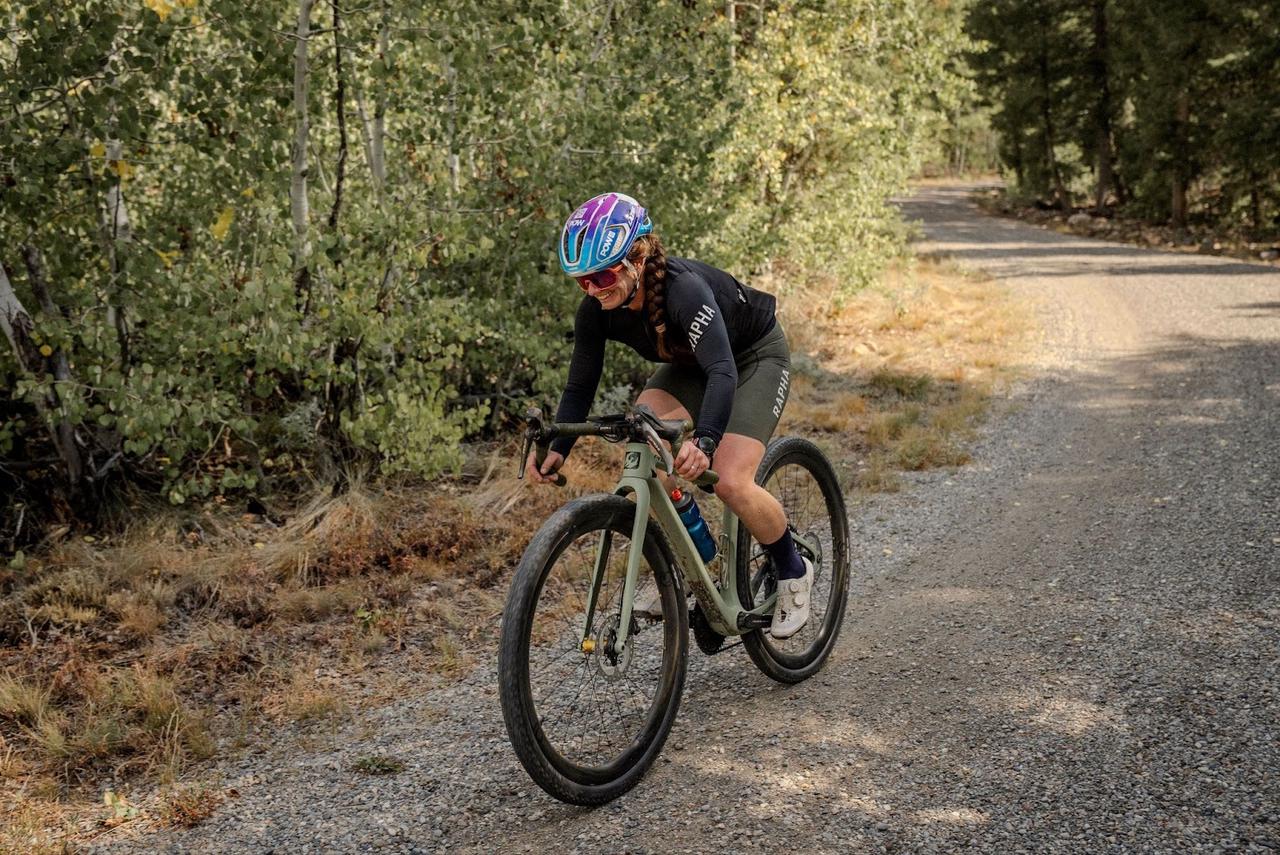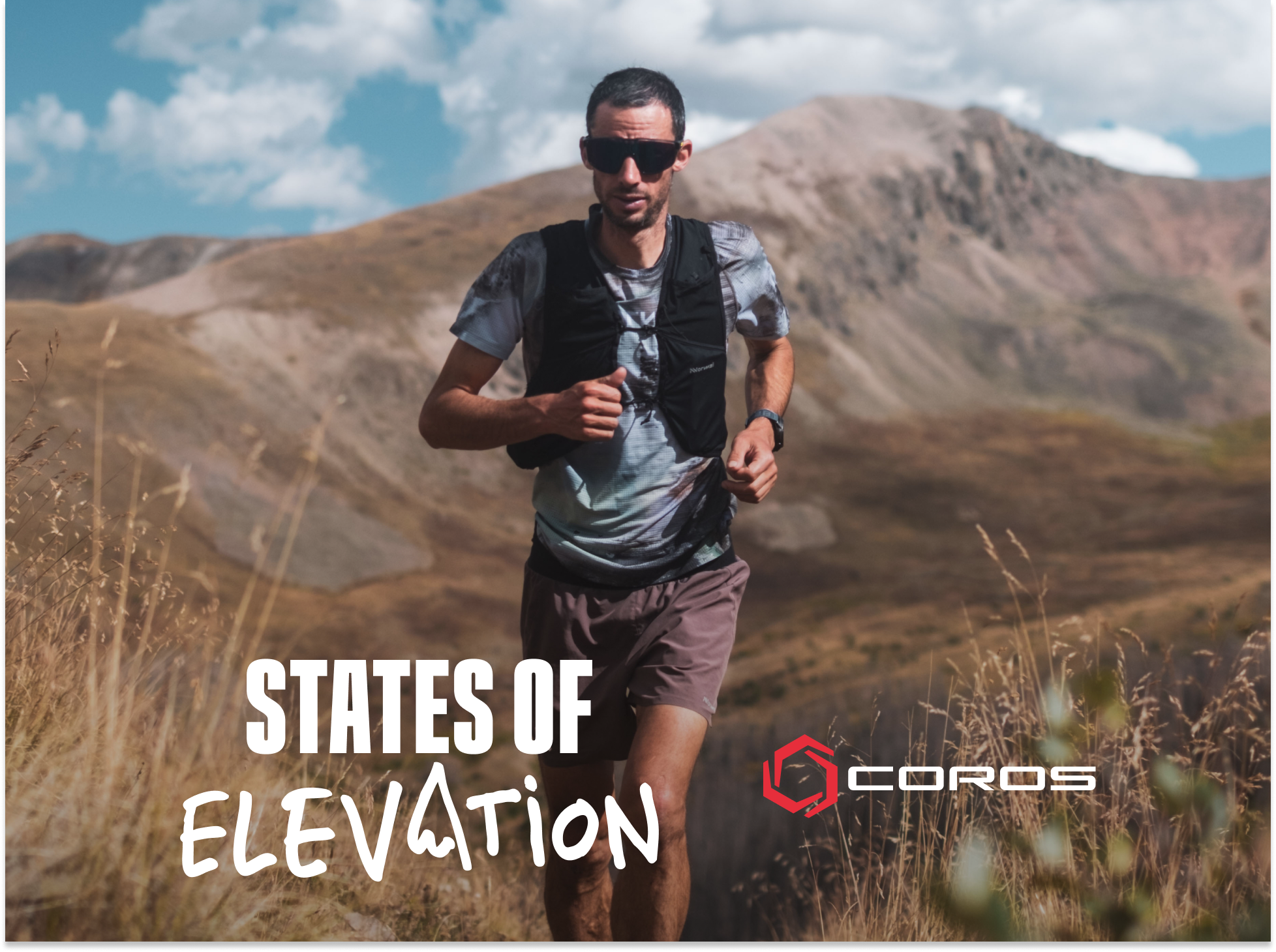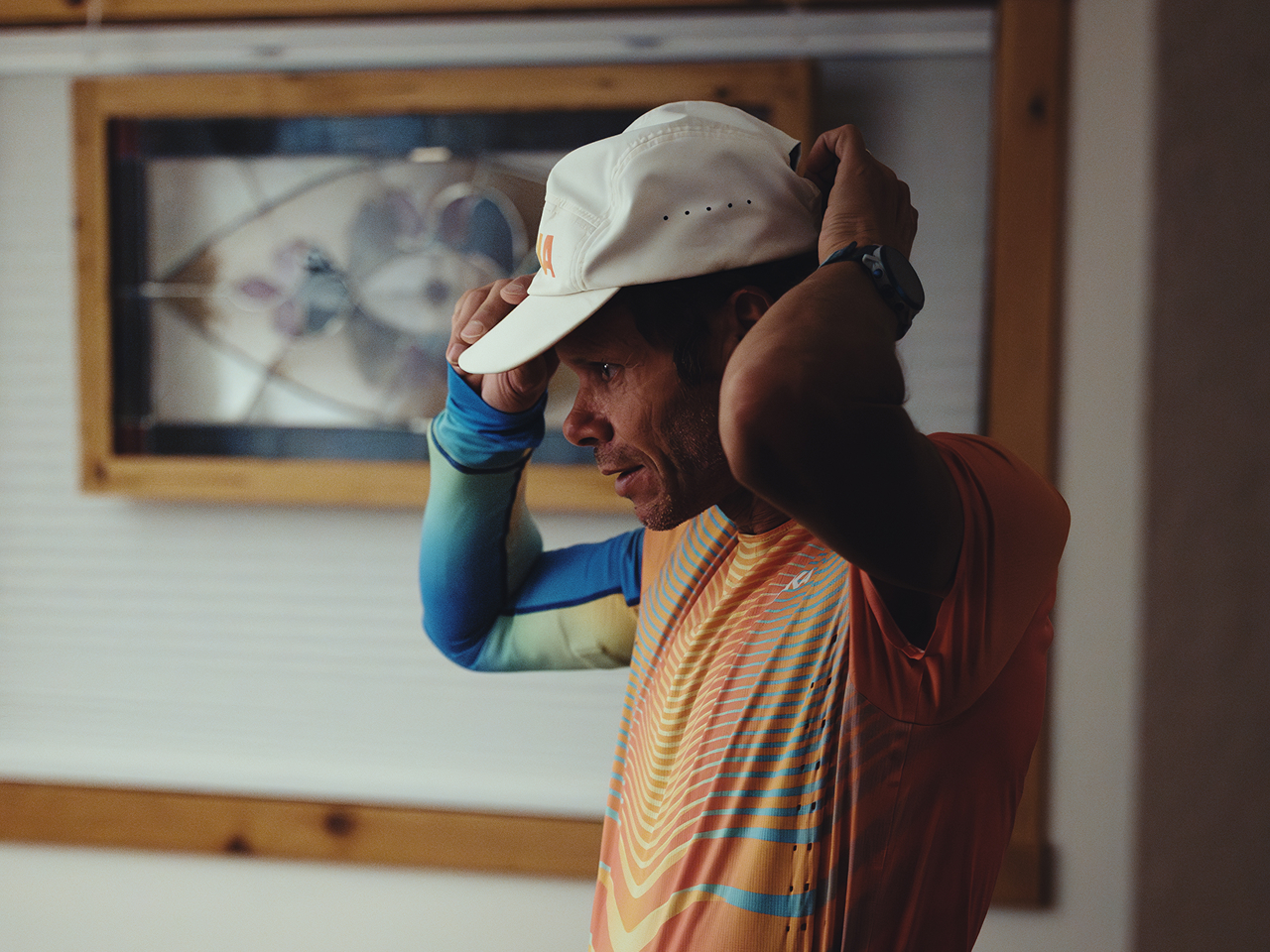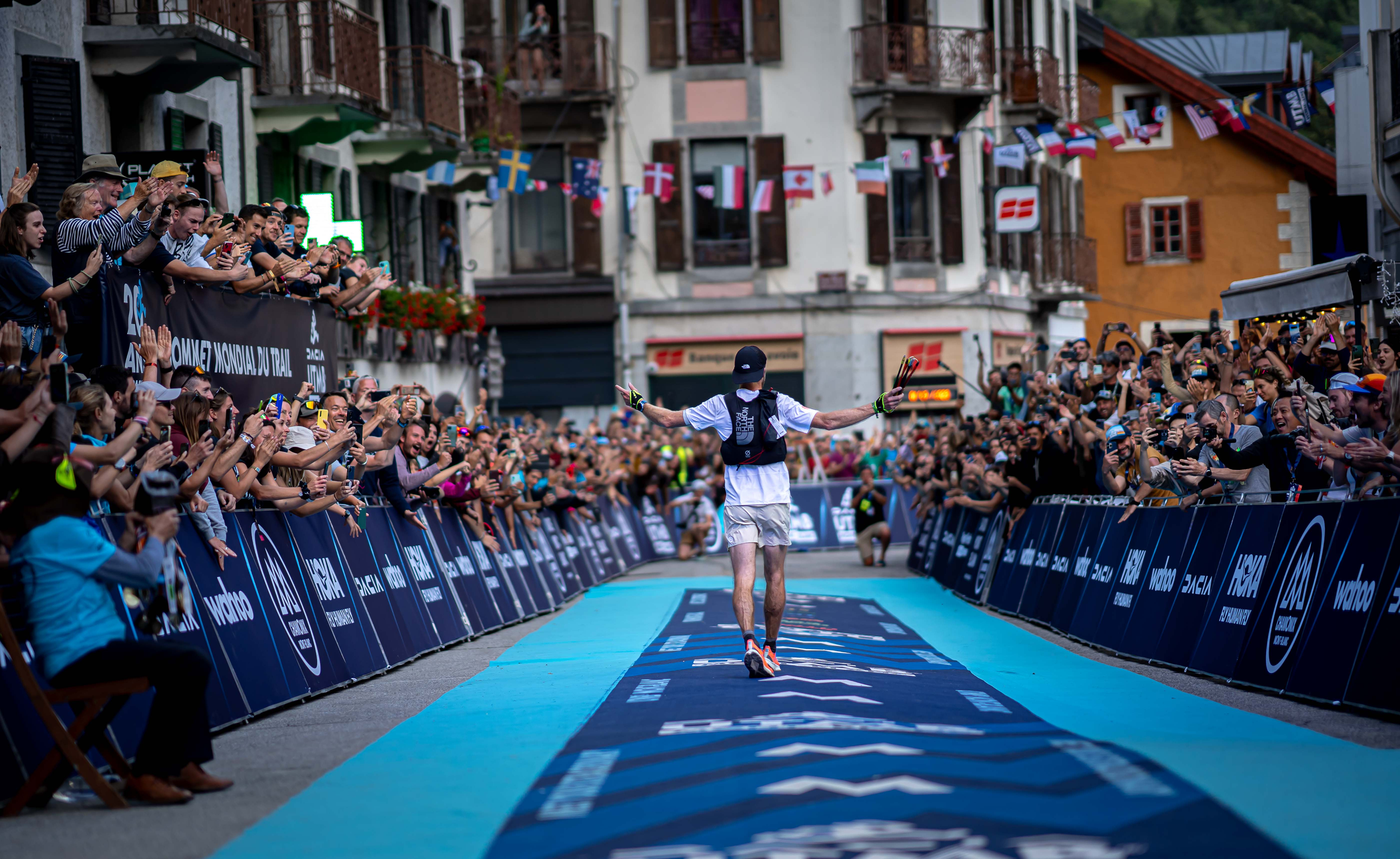Jakob Ingebrigtsen is one of the most successful athletes of his generation. With his training style and performances setting him apart from others, one key area is his consistent use of indoor training to control more of his efforts. This guide is a deep dive into how Jakob Ingebrigtsen gets the most out of his indoor training and tips any runner can leverage for better success.
Product Worn: COROS Heart Rate Monitor & COROS PACE Pro
Software Tool: COROS Extender & COROS Training Hub
Controlled Training on the Treadmill
Throughout the year, Jakob will perform many of his famous "double threshold" days with the first session being on the treadmill. "For me, the treadmill is far more controlled versus being outdoors. I can set a pace and forget it, without having to deal with wind, corners, or any other conditions".
For much of Jakob's training, the key focus is to hit a specific effort for each workout. Never going above, and never going below, regardless of what the effort is. "With being on the treadmill, I can keep a close eye on my heart rate, lactate, and pace. Subjectively I can know how I'm feeling, and those are the 4 key factors I track to ensure a successful day."
How Jakob Avoids Boredom Training Indoors?
While many runners dread the treadmill, Jakob reframes it as motivation. "I look at it as a competition. I focus on hitting the splits and challenging myself to complete the workout within the parameters".
With every workout of the training block being mapped out in advance, it provides Jakob the opportunity to achieve a goal with each session. "I do everything the session needs of me because I know the importance of that in the long run. I’ve never had an issue motivating myself on the treadmill...I know it's not supposed to be fun, but it's supposed to be productive".
Improving His Base Before The Season
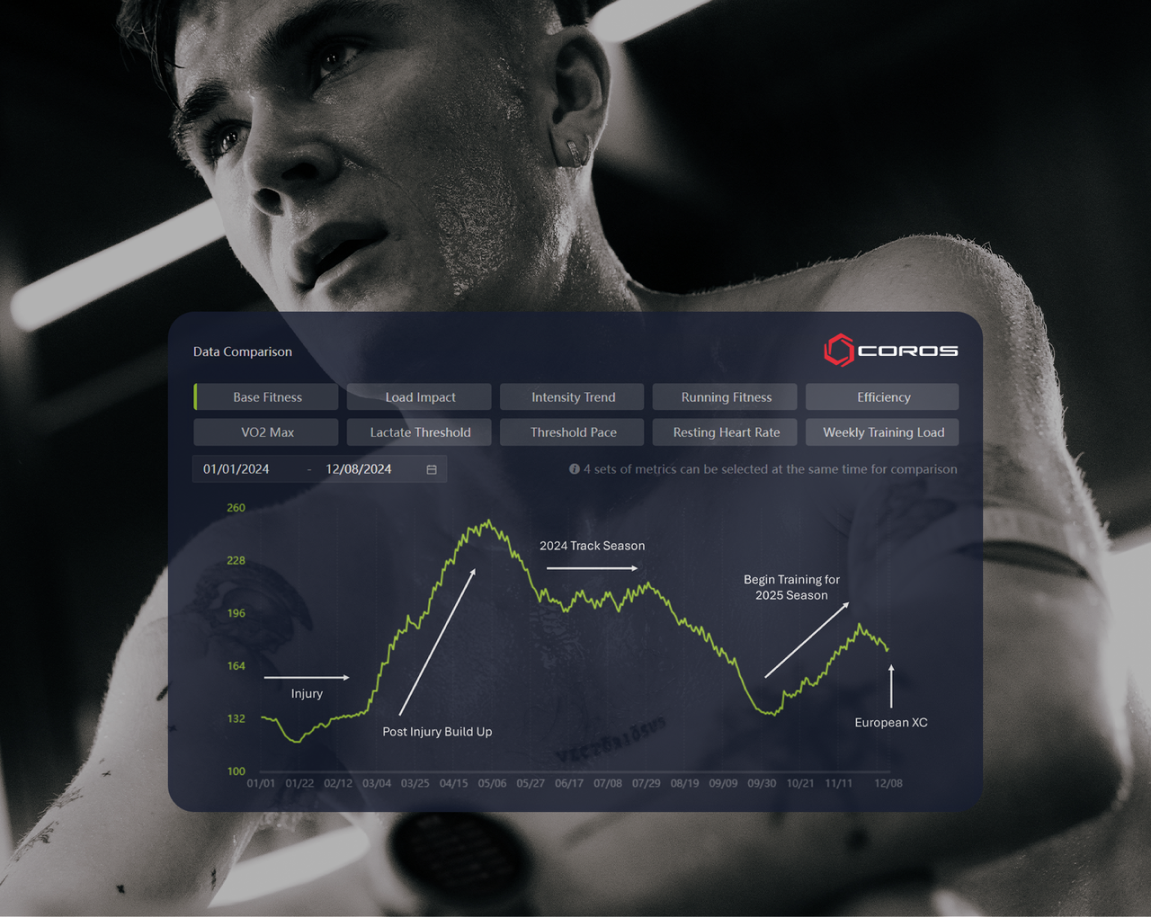
Jakob's 2024 Base Fitness Chart
While the weather turns cold in Norway during the winter months, much of Jakob's training will be done on the treadmill. This however is his base season where he incorporates more volume along with threshold mixed in. "I know where I'm at given the heart rate, lactic, pace, and feeling that I track all the time. As my pace begins to increase, these other metrics let me know if fitness is improving for where I know I need to be." With the 2024 base season being hampered by an early injury, Jakob has already begun building toward his 2025 goals. He will continue to increase his time on the treadmill prior to entering his mid-season training block that consists of more speed work.
A look at Heart Rate
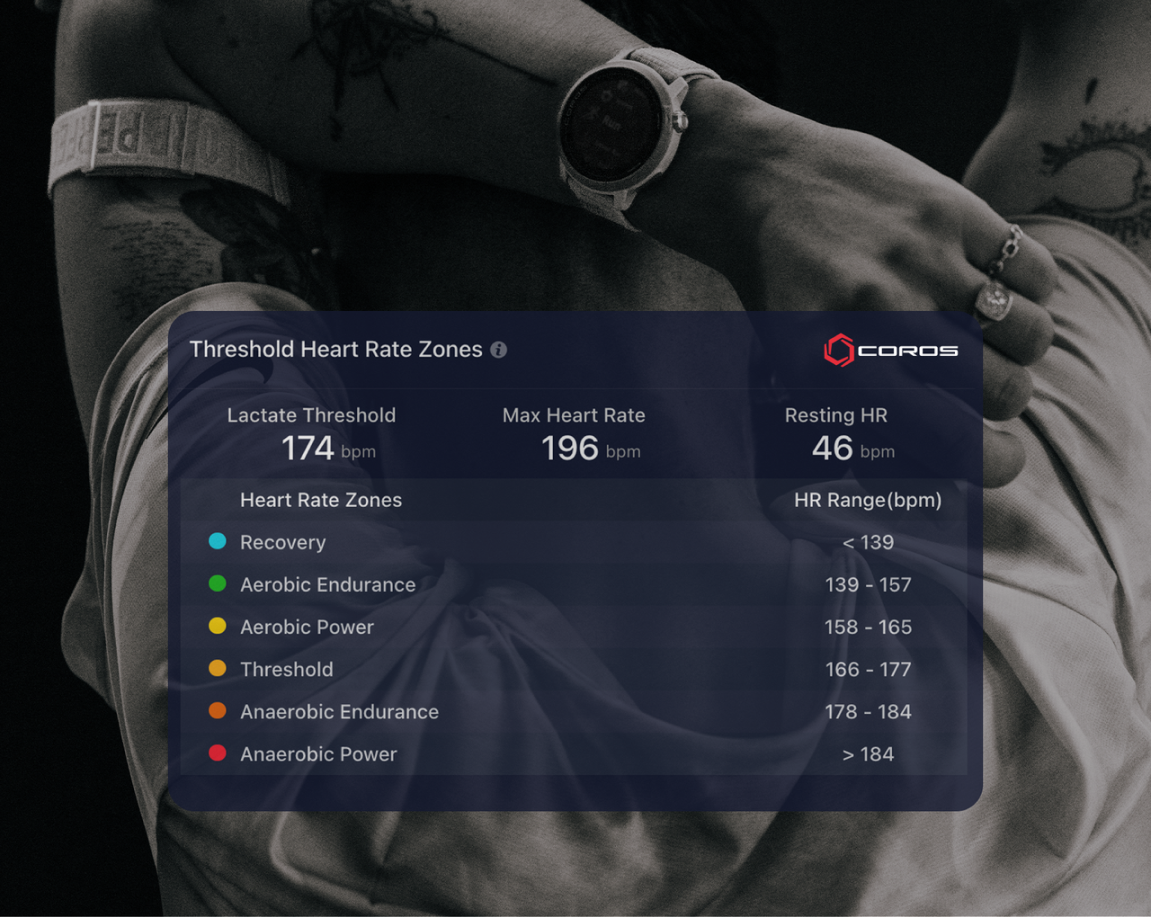
Jakob Ingebrigtsen's heart rate training zones.
With heart rate (HR) playing a major role in Jakob's training focus, he keeps a close eye on it through every session. "For my treadmill sessions, I have found the Extender Feature to be extremely useful. Instead of having to look at my watch multiple times, the information is right in front of me. I just set the pace I need and monitor my heart rate the entire time."
For his threshold sessions, Jakob targets a HR between 166-177bpm while achieving paces that can hit as high as 22km/hour. This training approach when mastered, then allows Jakob to hit performances like his 5,000m Olympic Gold, or 3,000m World Record where he averaged heart rates of 174bpm and 177bpm respectively.
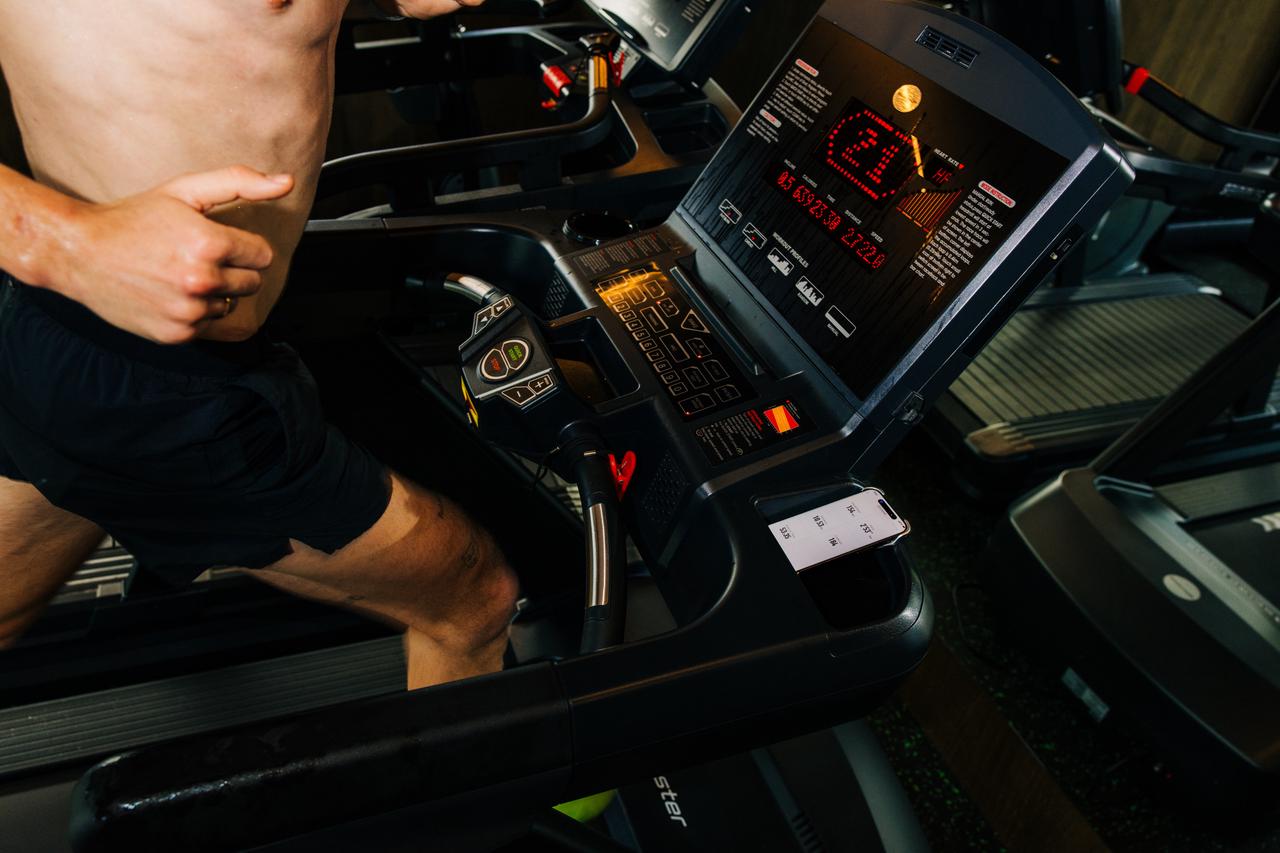
Jakob Regularly Uses the COROS Extender Feature During His Threshold Training.
Inside The Data: Jakob's Threshold Session
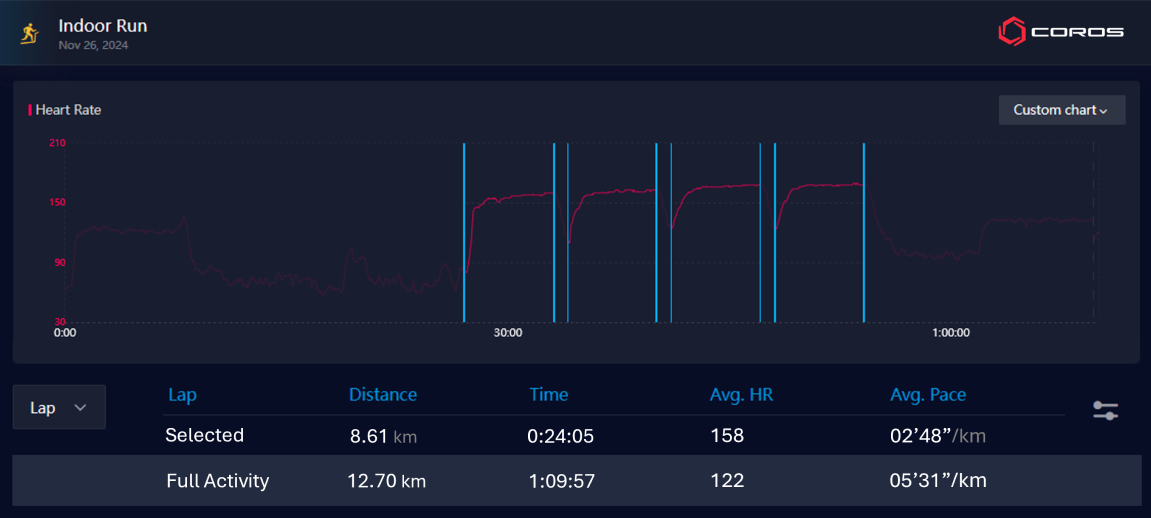
Jakob's heart rate curve during a 4 x 6-minute threshold workout.
One of Jakob's key threshold sets consists of 4 x 6 minute intervals building to threshold. This session is performed multiple times each week as the morning session. With heart rate lagging behind effort, Jakob quickly builds to the pace he intends to hit, and then holds steady as his heart rate enters his key area.
The compounding effect of these sessions is what sets the foundation for Jakob's season. "When you do these sessions on top of fatigue, over many weeks, you can see how the metrics change to gauge improvement. You just have to be careful though as if you overdo it, you can bring in a negative impact. The goal is to maintain these as long as we can before risk becomes too high to build the largest base possible."
Guidelines for Any Runner
By learning from the best in the world, runners of all levels can improve their fitness while also finding more enjoyment on the treadmill. Working further with Jakob, we found these aspects to be translatable for all runners, regardless of ability:
- Have a plan when you get on the treadmill
- Use metrics based on effort (Heart Rate) to gauge your effort
- Use COROS Extender to better gauge your accuracy
- Treat it like a competition
Every session should have a goal. By using the tools you have along with proper planning, the winter can set up any athlete for success. The next time you get on a treadmill, give these tips try as you begin to lay the foundations for your next race.

/filters:quality(90)/fit-in/970x750/coros-web-faq/upload/images/320d1a532f339fa74de8f94a38b65284.png)
